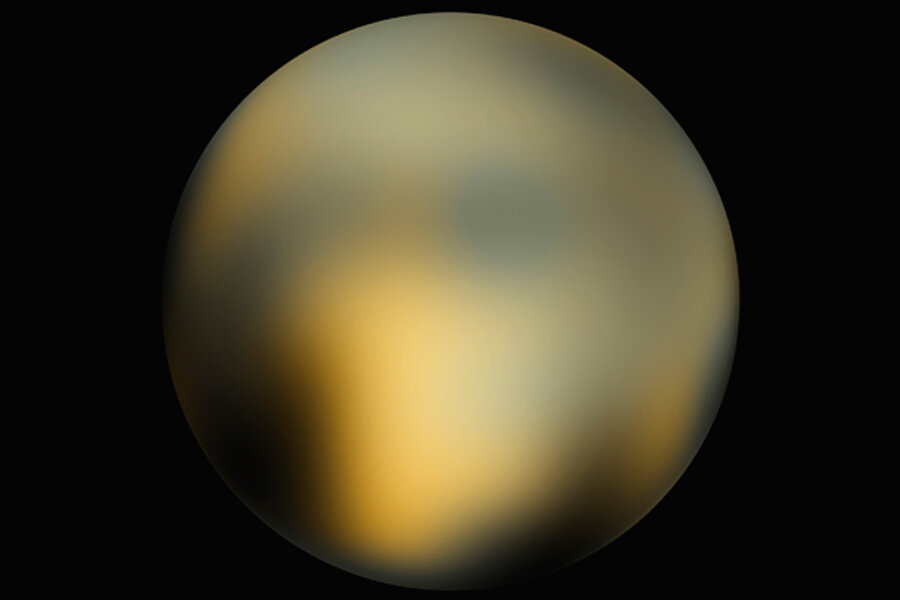Kids: Name your own minor planet
Loading...
Pluto became the ninth planet when it was spotted in 1930. It was named after the god of the underworld by an 11-year-old English girl, Venetia Burney, after her grandfather read of its discovery in The Times.
Venetia died last year, aged 90, after seeing her distant world demoted to the status of a dwarf planet by the IAU in 2006 as other similar bodies to Pluto began to be discovered at the edge of the solar system.
The new competition called Naming X is being launched today, on the anniversary of Venetia's death, to find names for the new second division of planets being discovered out in Pluto's neighbourhood.
The global contest, launched by Space Renaissance Education Chapter, in collaboration with Father Films, is being promoted in the UK by Ginita Jimenez who made a short film, Naming Pluto, about how Venetia got to see "her" planet at last in the last years of her life.
Ginita said: "The idea is very simple, we're asking children what name they'd give a minor planet and why. All submissions can only be made by email and our world class judging panel will select the winning names which will be presented to the official body responsible for giving minor planets names."
Judges will be Canadian comet discoverer David Levy, Jodrell Bank astronomer Professor Ian Morison and NASA space scientist Marc Buie whose New Horizons probe is currently on its way to Pluto.
Winning names will be presented to the IAU's Committee for Small Body Nomenclature (CSBN), the body responsible for the naming of minor planets and comets, which is supporting the contest. Individuals and school groups can enter and full details are available here.
• Discover space for yourself and do fun science with a telescope. Here is Skymania's advice on how to choose a telescope. We also have a guide to the different types of telescope available.
Paul Sutherland blogs at Skymania
View all of Skymania's posts on the Monitor.
Add/view comments on this post.
Related
New Hubble images reveal Pluto's dynamic surface
NASA's Kepler finds its first five planets - an odd assortment





